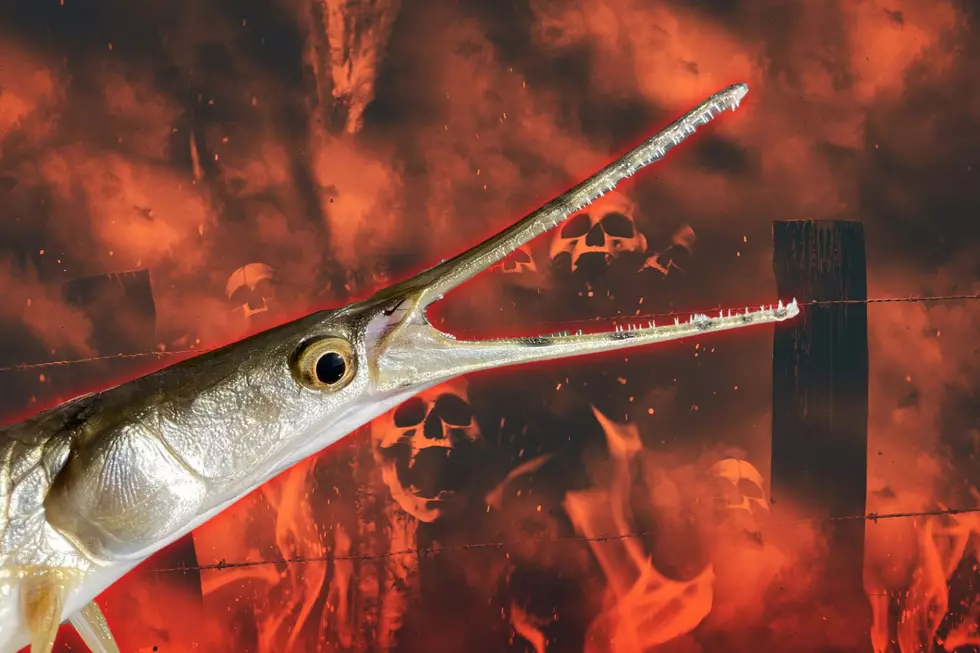
Plants and Poisons are Pet Dangers Lurking in Your Yard
As the weather gets better and the temperature warms up, the urge within us to spend more time outside grows stronger. We're not the only creatures that will spend more time outside. Our dogs will, too. So we all should keep our canine friends in mind as we begin to decorate the yard this springtime with a few more plants. It's not just the plants that may cause pet problems, it's also the "stuff" that helps the plants grow that can be dangerous to your dog.
I remember when Jenny and I lived in Spencer County. We had moved to a house where we added some plants and landscaping, and our border collie spent a lot of time outdoors. He was very loyal and would stay near the house. Our cat was the same way.
One spring and summer, we were having a terrible time with slugs eating our plants and we proceeded to spread slug pellets throughout the landscaping. You know where I'm going with this, but I'm so relieved to tell you that neither the dog nor the cat got sick from eating the pellets. Why not? Because after we spread them, Jenny and I realized what we had done. So then the "Great Pellet Pick Up" began. From then on we knew that we couldn't place poisons in pet proximity and promoting the possibility of poison perpetration.
So what I'm saying is to think about how much your dog or other pet may come in contact with any slug or rodent bait. It's very poisonous to them, as well as the slugs and rodents.
The same goes for pesticides and fertilizers you put on your lawn or in the flowerbeds. Anything that's eatable will probably be ingested by your pet, such as blood meal, bone meal, etc. Also any pesticides or insecticides will adhere to pet paws, which will then be licked and ingested. Other possible dangers to be careful about are cocoa mulch and compost materials spread around plants.
Spending a little time researching whatever it is that you plan to put withing proximity of your pet can save you both a lot of pain and suffering.
More From WGBFAM


![Beautiful Albino Deer Spotted in Southern Indiana [PHOTO]](http://townsquare.media/site/71/files/2022/11/attachment-Albino-Deer.jpg?w=980&q=75)






